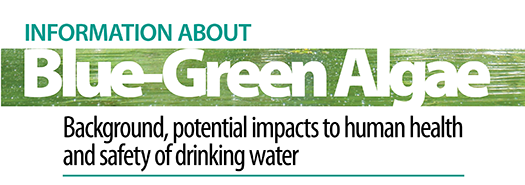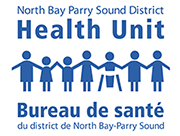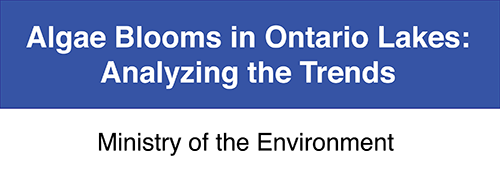Blue Green Algae
Why are trees, plants and shrubs important for shorelines and stream banks? In addition to protecting fish habitat, they help prevent erosion and run-off - two ways that phosphorus and unwanted nutrients can reach the water and contribute to the growth of blue-green algae.
WHAT ARE BLUE-GREEN ALGAE?
Cyanobacteria, commonly called blue-green algae, are primitive microscopic organisms that have inhabited the earth for over 2 billion years. They are bacteria, but have features in common with algae. Although often blue-green (their scientific name cyanobacteria comes from the Greek word for blue), they can range in colour from olive-green to red. Blue-green algae occur naturally in a wide variety of environments including ponds, rivers, lakes and streams.
WHAT ARE BLUE-GREEN ALGAL BLOOMS?
Normally blue-green algae are not visible in the water, but when conditions are favourable, algal populations can rapidly increase to form a large mass or scum in the water called a bloom. Blooms most commonly occur during the warmer weather of late summer and early fall.
WHAT CONDITIONS FAVOUR ALGAL GROWTH?
Blue-green algae thrive in areas where the water is shallow, slow moving and warm, but they may also be present in deeper, cooler water. One key factor affecting the growth of blue-green algae is the amount of available nutrients such as phosphorus and nitrogen. In Ontario water bodies, phosphorus tends to be the nutrient that controls how much algae can grow.
Source: Ministry of Environment and Climate Change Information Bulletin for Blue-Green Algae.


